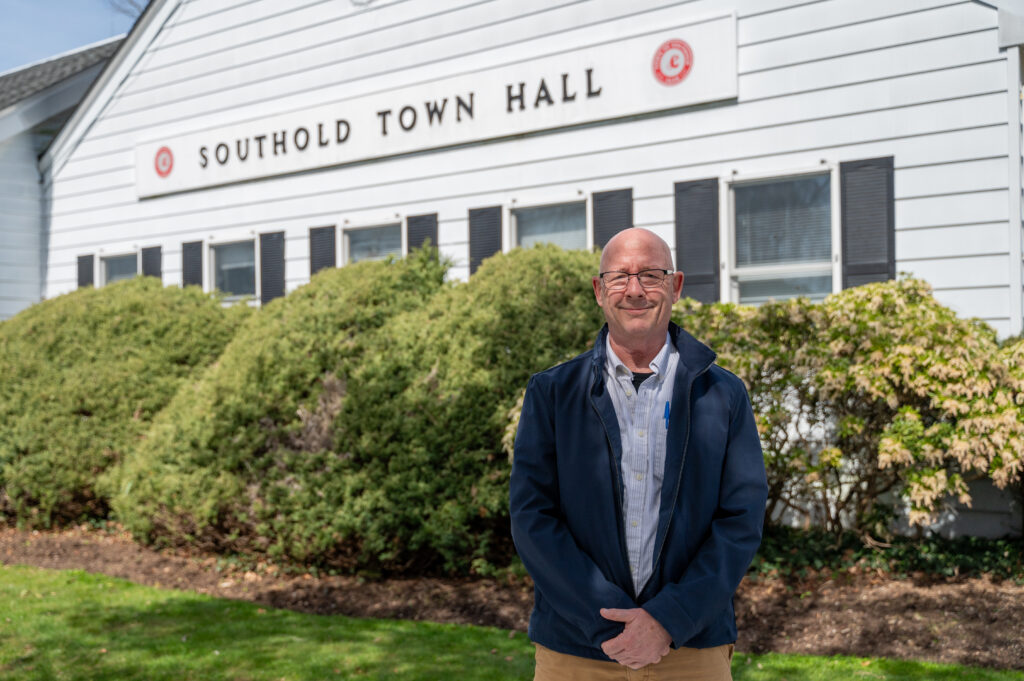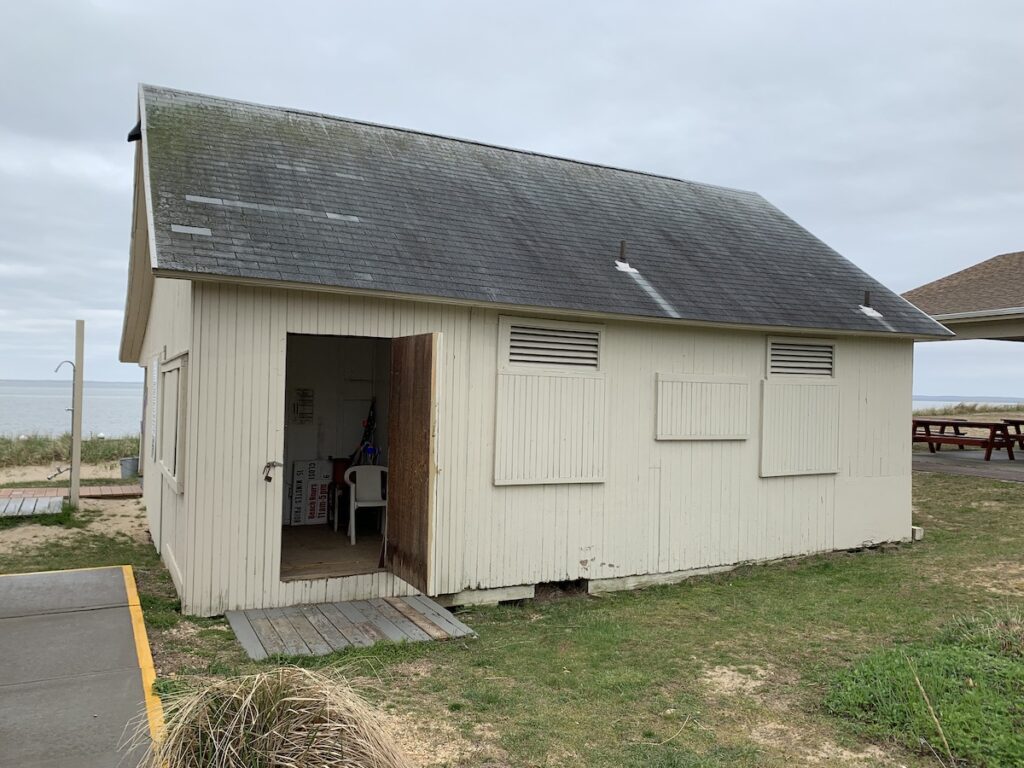Editorial: PSEG shows us what failure looks like at a very high level

When Tropical Storm Isaias hit last Tuesday and the power began shutting down across the North Fork, not many residents would have predicted that a week or more would go by before it would be restored.
Or that live power lines would be left lying across their yards and streets for days. Or that the Southold police department would not be able to connect with PSEG on a line meant to be kept open during emergencies, because even that wasn’t working as the wind howled and more lines and dozens of trees came down.
Town officials, including Supervisor Scott Russell and Police Chief Martin Flatley, began talking about PSEG’s utter failure to prepare for the storm by strategically staging crews and equipment ahead of time; its almost complete failure to communicate effectively with customers — if they communicated at all; and the constant recalculating of estimates for when all power would be restored.
As this editorial is written Tuesday afternoon, a look at PSEG’s Long Island outage map to learn more about your hamlet or street feels almost pointless. Click on the symbols for a given neighborhood and you get this bit of frustrating non-information: Power should be restored by the next day, at such and such a time.
The domino effect of a house going dark, then the whole street, then the entire neighborhood was shocking to residents, and made worse by the high heat and humidity. Add to that the fact that without power, water stops flowing to the many homes that rely on wells.
As Mr. Russell said in an email Tuesday afternoon – when, by his estimate, dozens were still without power in Southold alone — “I would call their response a ‘failure,’ but that would imply past tense. Failing miserably day after day after day seems more accurate.”
We on Long Island know the very high costs we live with, from taxes to support public services, salaries and education, to the state’s utility rates, which are among the highest in the country. We’ve read about census data that shows many residents of the state are fleeing to less expensive parts of the country because the cost of living here has, for them, reached the tipping point. And we’ve read that millions of dollars in public pension payments are mailed to recipients who now live out of state — meaning that money benefits another state’s economy, not ours.
Now add this to the list of grievances. PSEG’s response to Isaias laid bare many harsh truths, including this one: High cost doesn’t mean you’ll be able to get someone on the phone to report a live power line in your front yard. Both the federal response to the massive COVID-19 pandemic, which has claimed more than 160,000 American lives, and PSEG’s response to a tropical storm in August point to failure at an epic level.
As of Tuesday afternoon — a full, frustrating, are-you-kidding-me week after Isaias — things are back to normal for all but about 106 of the 5,000-plus North Fork PSEG customers who lost power. And for those still in the dark, restoration was expected by Wednesday.
Consider the story we report this week of Jay Hulse, an 80-year-old Wading River resident who relies on electricity for his oxygen therapy. His house went dark on Saturday, four days after the storm hit, leaving him unable to hook up to his oxygen supply.
As Mr. Hulse’s granddaughter Jackie told us, “My aunt explained [to a PSEG rep] that he needs his oxygen to get through the night. They said to call 911 if he runs out of oxygen.” His power came back when Riverhead Town Board member Catherine Kent intervened on his behalf.
Given what we pay to live here, in this beautiful place, failure and incompetence of this magnitude can no longer be tolerated.








